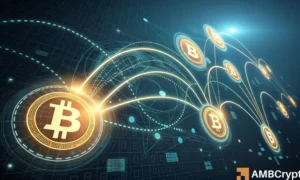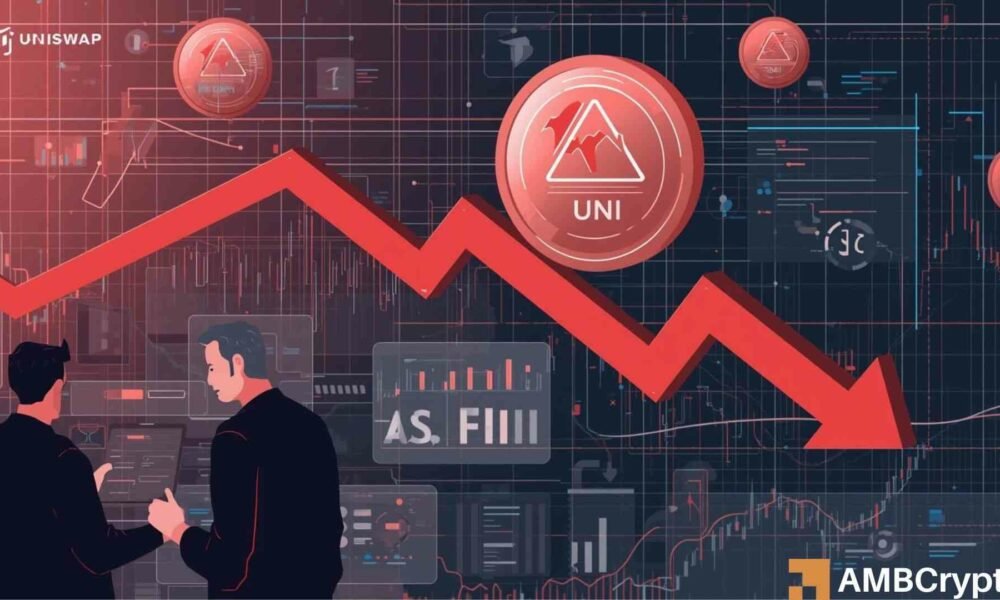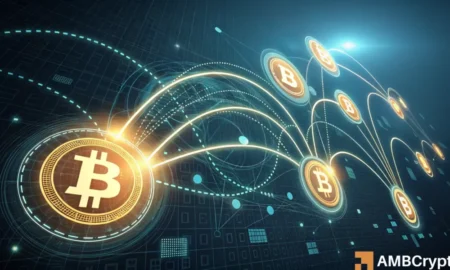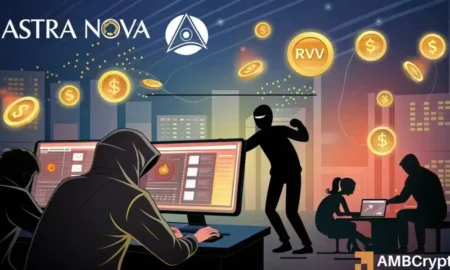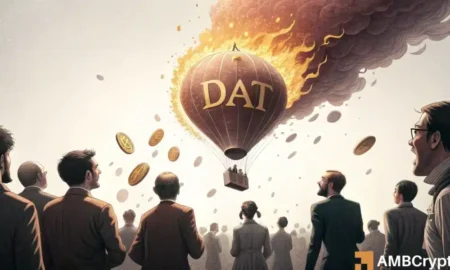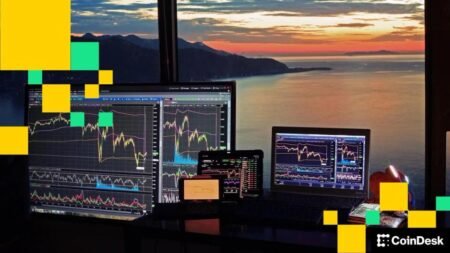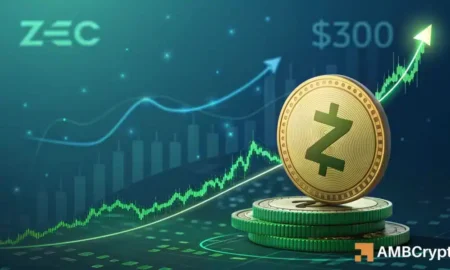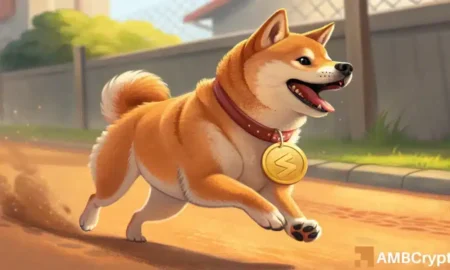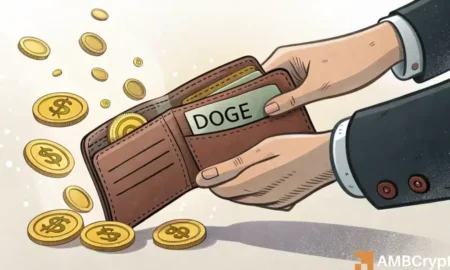The Future of Uniswap’s UNI Token: Analyzing the Community Sentiment and Growth Potential
Uniswap (UNI) has long been recognized as a pioneer among decentralized exchanges (DEXes), providing users with a platform for trading various cryptocurrencies without intermediaries. Despite its success and the growth of its network, however, UNI token holders are expressing dissatisfaction, citing a lack of incentives for value appreciation. Critics have raised concerns regarding the stagnation of the token’s price, prompting discussions about what the future may hold for UNI in the evolving landscape of decentralized finance (DeFi). This article will delve into the current challenges faced by UNI, the market sentiment surrounding it, and the potential for recovery amid continued accumulation.
One of the central issues facing the UNI token is its current valuation, which has been criticized as disappointing. Recent analysis highlighted that UNI’s value has dropped to around $6, a level that falls below even the post-FTX incident valuation of $6.3 in 2022. This stark decline is particularly alarming when viewed against its all-time high of $45 in 2021, translating to an 86% decrease. Despite this downfall, Uniswap’s network has shown remarkable growth, with its cumulative DEX volume increasing from approximately $700 billion in 2022 to over $3.3 trillion by October 2025. This demonstrates that while the platform itself is thriving, the token’s price does not reflect this success.
The question arises: will the perceived "worthless" UNI token ever recover? Recently, Uniswap has expanded its operations to the Solana ecosystem, becoming a key player in accessing liquidity across multiple platforms including Ethereum, Solana, and Binance. However, notable figures within the crypto community are skeptical of UNI’s value proposition. Jeff Dorman, CIO of Arca, labeled UNI as a "useless, worthless" token, criticizing its failure to leverage platform growth for improving the token’s market value. Dorman suggests that token buyback programs, similar to those implemented by other projects like Hyperliquid, could potentially revitalize the asset. Meanwhile, crypto analytics platforms have suggested that increased adoption from crypto treasuries could provide a pathway for recovery.
Interestingly, amidst the price pressure facing UNI, an accumulation trend has emerged. Market participants have shown increased interest in acquiring the token during its pullback, with around 10 million UNI tokens removed from exchanges in the past 30 days. This accumulation signals a stronger belief among investors that the token may reverse its downward trend. Historical trends mimic this behavior; for instance, UNI experienced a dramatic 120% surge in Q2 following a similar accumulation pattern earlier in Q1. As UNI’s recovery chances hinge on defending key price levels, holding the token around $4 or $6 will enhance the likelihood of a subsequent rebound.
Looking ahead, the broader market sentiment will undoubtedly play a crucial role in determining UNI’s trajectory. If the anticipated "buy the dip" scenario unfolds, investors may see a resurgence in UNI’s price alongside a more favorable market environment. The potential switch in fee structures, projected for later this year, could also influence both the token’s action and overall investor sentiment. While speculative, these changes could lead to a renewed appetite for UNI, supporting the notion of recovery.
In summary, while Uniswap’s UNI token currently faces significant challenges in terms of price appreciation and investor sentiment, the underlying growth of its platform provides a foundation for potential recovery. A combination of community-driven accumulation, strategic improvements in the protocol, and overall market shifts could reinvigorate interest and value for the UNI token. For the community to thrive, it will be instrumental for Uniswap to align its developments with increased token utility and value-enhancing strategies. As the landscape of decentralized finance continues to evolve, stakeholders should remain vigilant and engaged in the potential growth opportunities that lying ahead.


